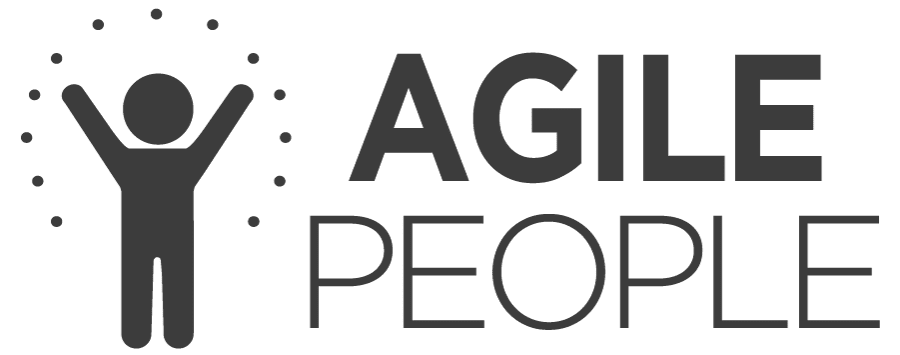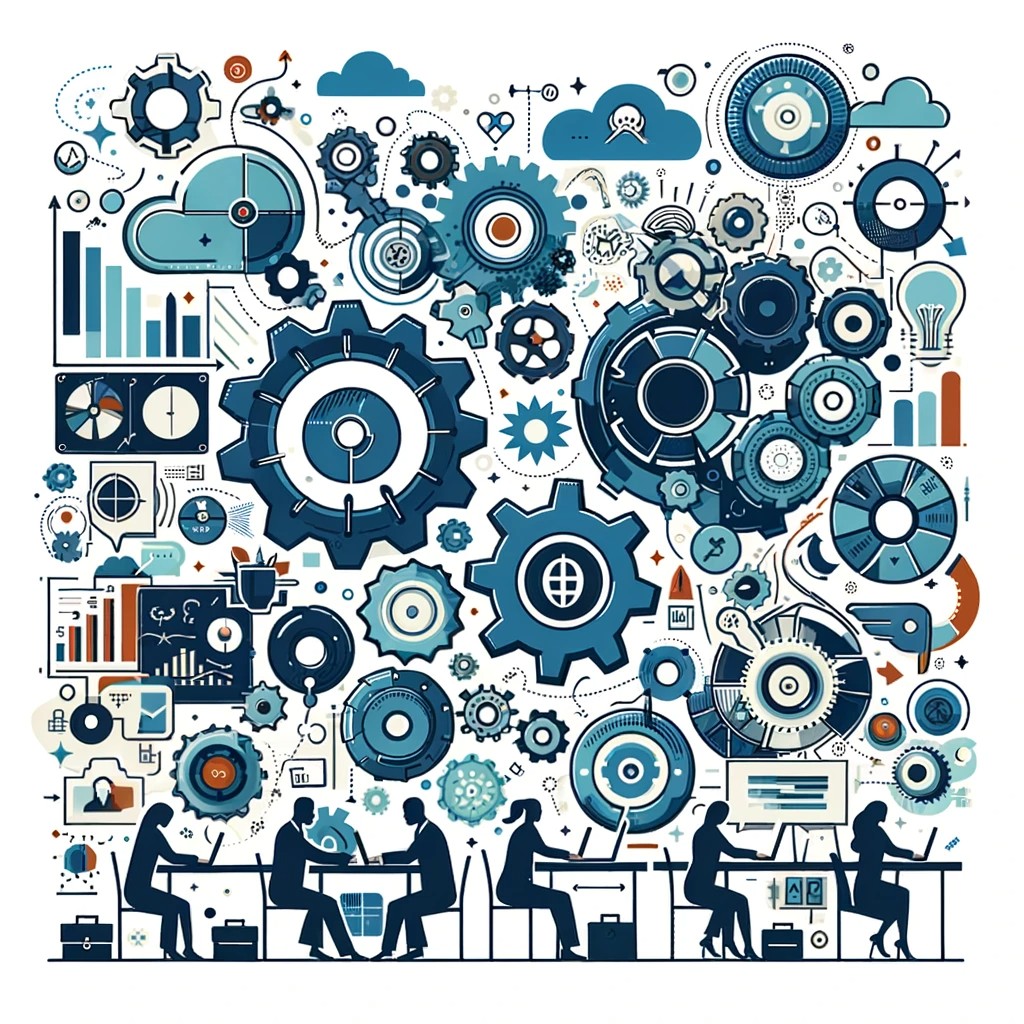Uncover specific Agile practices within HR, including feedback loops, co-creation of employee experiences, and fostering a culture of collaboration and trust.
1. Feedback Loops:
- Agile HR emphasizes continuous feedback loops rather than periodic reviews. This involves regular check-ins, where employees receive constructive feedback on their performance and development.
- Feedback loops in Agile HR are iterative, meaning they are repeated in cycles, allowing for ongoing improvement and adjustment.
- These loops integrate seamlessly into Agile methodologies like Scrum or Kanban, where regular retrospectives and sprint reviews are conducted.
- The feedback is two-way. Employees are also encouraged to provide feedback on their experiences, challenges, and suggestions for improvement.
2. Co-Creation of Employee Experiences:
- Agile HR involves employees in the creation and refinement of their work experiences. This approach is known as co-creation.
- Co-creation can involve joint decision-making in areas like career path development, training programs, and even organizational policies.
- It encourages a sense of ownership among employees, as they feel their input is valued and directly impacts their work environment.
- This process often uses tools like employee surveys, workshops, and focus groups to gather insights and ideas from employees at all levels.
3. Fostering a Culture of Collaboration and Trust:
- Agile HR places a strong emphasis on building a culture where collaboration and trust are paramount.
- This involves creating an environment where open communication is encouraged, and team members feel comfortable sharing ideas and feedback without fear of judgment or negative repercussions.
- Trust is built through transparency in decision-making processes and ensuring employee contributions are recognized and valued.
- Agile HR practices also encourage cross-functional collaboration, breaking down silos within the organization and promoting a more integrated approach to problem-solving and project management.
4. Agile Methodologies in HR Processes:
- Incorporating Agile methodologies like Scrum or Kanban into HR processes can significantly enhance efficiency and adaptability.
- For example, using Scrum in recruitment processes can help break down the process into smaller, manageable parts, allowing for quicker adaptations based on feedback or changing requirements.
- Kanban boards can track HR tasks such as onboarding, training, and employee development initiatives, offering visibility and transparency across the department.
5. Employee Empowerment and Autonomy:
- Agile HR promotes employee empowerment and autonomy. This means allowing employees to manage their work and decide their tasks.
- Such empowerment can increase job satisfaction, as employees feel more in control of their work and career development.
- This approach requires a shift from micro-management to a more facilitative management style, where the role of HR and managers is to support and enable rather than direct.
6. Agile Performance Management:
- Performance management in an Agile HR setting is ongoing and development-focused.
- Instead of annual performance reviews, Agile HR favours regular, informal check-ins where goals can be adjusted in real-time to meet changing business needs and employee growth.
- This approach helps align individual goals with the organisation’s overall objectives and facilitates faster response to changes.
In summary, Agile practices in HR revolve around creating dynamic, collaborative, and responsive environments. Feedback loops, co-creating employee experiences, and fostering a culture of trust and collaboration are central to this approach. By integrating these practices, HR can play a pivotal role in driving organizational agility, enhancing employee engagement, and ensuring the workforce is aligned with the evolving needs of the business.




